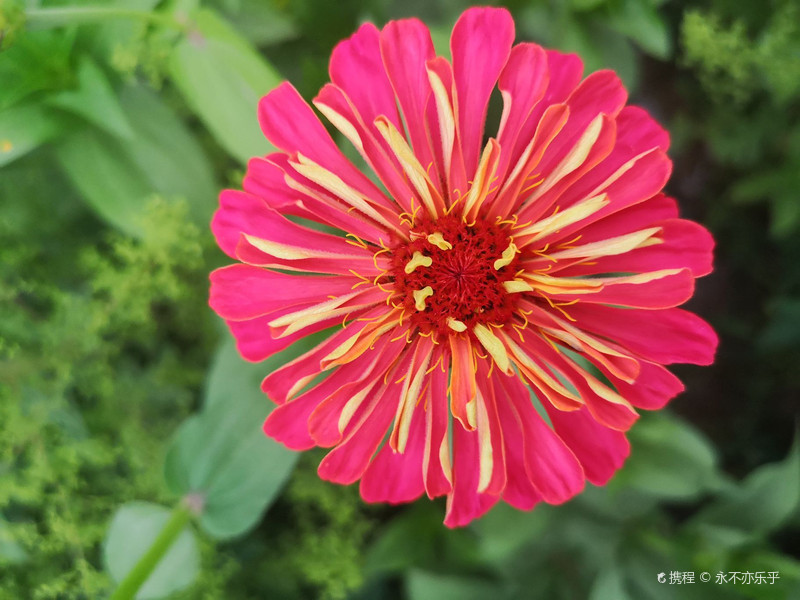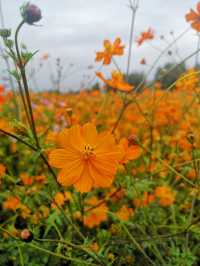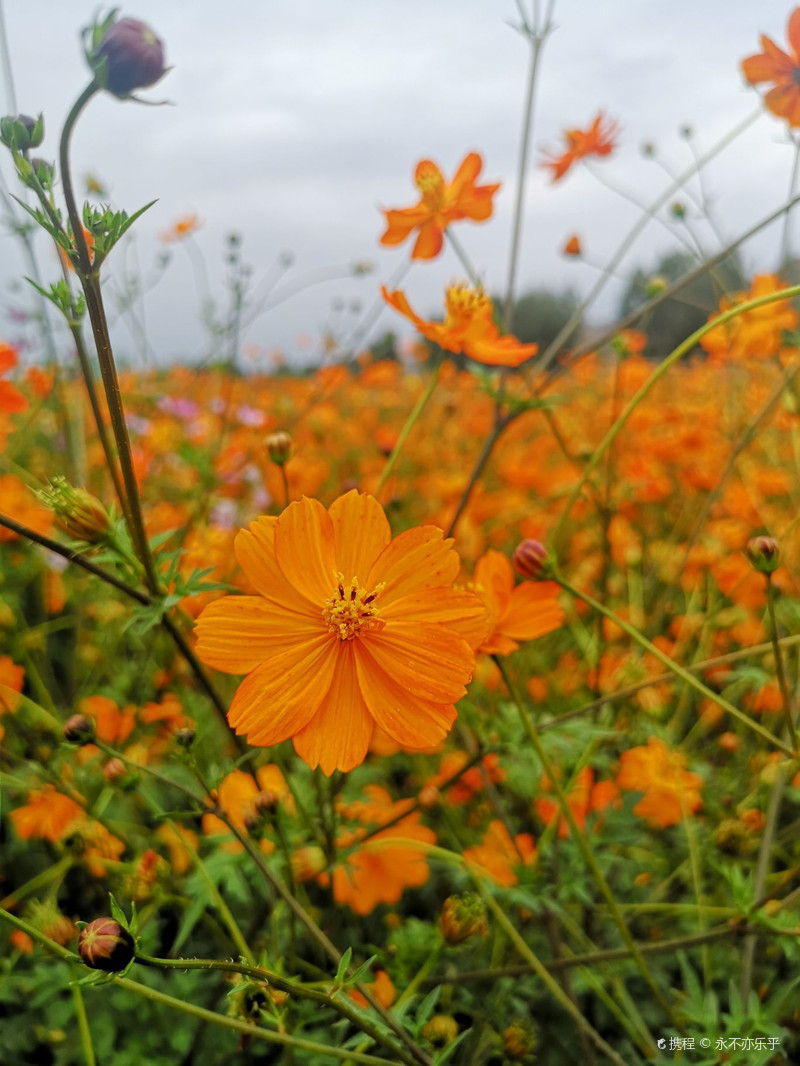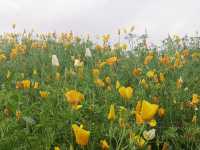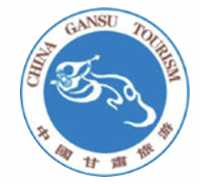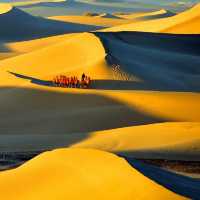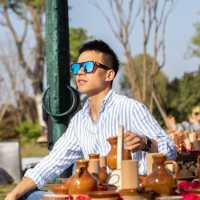Beihaizi Wetland Park, Persian chrysanthemum sea under Beiwudang Mountain.
;
Beihaizi Park Review
0 /57 Reviews
Popular Destinations
New York Travel | Los Angeles Travel | Las Vegas Travel | Singapore Travel | Shenzhen Travel | Kuala Lumpur Travel | Taipei Travel | Dubai Travel | Orlando Travel | Phuket Travel | Hangzhou Travel | Ho Chi Minh City Travel | Chongqing Travel | London Travel | Miami Travel | Panama City Travel | Phelan Travel | Pereira Travel | Agrigento Travel | Harlingen Travel | Kedah Travel | Mouscron Travel | Bayamon Travel | Sao Vicente Travel | Valencia Community Travel | Kinston Travel | Pickerington Travel | Snow Hill Travel | Saumur Travel | Kuriyama Travel
Recommended Attractions at Popular Destinations
Bangkok attraction near me | Tokyo attraction near me | Manila attraction near me | Hong Kong attraction near me | Seoul attraction near me | Taipei attraction near me | Los Angeles attraction near me | New York attraction near me | Shanghai attraction near me | Shenzhen attraction near me | Kuala Lumpur attraction near me | Osaka attraction near me | Guangzhou attraction near me | Singapore attraction near me | London attraction near me | San Francisco attraction near me | Beijing attraction near me | Macau attraction near me | Bali attraction near me | Ho Chi Minh City attraction near me | Paris attraction near me | Orlando attraction near me | Jakarta attraction near me | Phuket attraction near me | Chicago attraction near me | Toronto attraction near me | Cebu attraction near me | Dallas attraction near me | Istanbul attraction near me | Dubai attraction near me
Popular Attractions
Vana Nava Water Jungle | Window of the World | The Peak | Chengdu Research Base of Giant Panda Breeding | Drach Caves | Palace of Versailles | Ski Dubai | Uffizi Gallery | Güell Palace | Nanxun Ancient Town | Real Maestranza de Caballeria de Sevilla | Pearl River Night Cruise | Shenzhen Ping An Financial Center Yunji Sightseeing | Emirates Park Zoo | 3D Wonders Museum | The Big Apple Coaster & Arcade | Mesjid Nuruttaqwa | City of Destiny Church | Jersey Youth GBI St. Moritz | Falskogs Akvarium | Run Mukteshwar Shiv Temple | Masjid Baitul Hadi (LDII) | Al-Istiqomah Great Mosque | منتزه جبل خلقة | Masjid Al Manshur | Masjid At-Taubah | Niagara Falls State Park | King Power Mahanakhon | TeamLab Planets TOKYO | Xi 'an City Wall
Popular Travelogues
Bangkok Travelogue | Tokyo Travelogue | Manila Travelogue | Hong Kong Travelogue | Seoul Travelogue | Taipei Travelogue | Los Angeles Travelogue | New York Travelogue | Shanghai Travelogue | Shenzhen Travelogue | Kuala Lumpur Travelogue | Osaka Travelogue | Guangzhou Travelogue | Singapore Travelogue | London Travelogue | San Francisco Travelogue | Beijing Travelogue | Macau Travelogue | Bali Travelogue | Ho Chi Minh City Travelogue | Paris Travelogue | Orlando Travelogue | Jakarta Travelogue | Phuket Travelogue | Chicago Travelogue | Toronto Travelogue | Cebu Travelogue | Dallas Travelogue | Istanbul Travelogue | Dubai Travelogue
Popular Ranked Lists
Popular Nightlife Districts in Lijiang | Top 19 Fine Dining in Milan | Top 12 Fine Dining in Edinburgh | Popular Nightlife Districts in Hong Kong | Top 15 Fine Dining in Chongqing | Popular Premium Hotels Near Sucre | Popular Premium Hotels in Claremont | Popular Family-friendly Attractions Near Huangmei | Popular Luxury Hotels in Can Tho | Popular Family-friendly Attractions Near Shishi | Top 7 Fine Dining in Krabi | Popular Family-friendly Attractions Near Zhongxiang | Popular Luxury Hotels Near Kavos | Top 5 Fine Dining in Shenyang | Popular Nightlife Districts in Seoul | Popular Nightlife Districts in Las Vegas | Top 6 Bars in Changchun | Popular Nightlife Districts in Phuket | Popular Luxury Hotels Near North Lombok Regency | Popular Family-friendly Attractions Near Qian County | Top 4 Nightlife Districts in Tokyo | Top 4 Nightlife Districts in Osaka | Top 5 Nightlife Districts in Bangkok | Popular Nightlife Districts in Hong Kong | Popular Nightlife Districts in Dublin | Popular Nightlife Districts in Las Vegas | Popular Nightlife Districts in Phuket | Popular Nightlife Districts in Taipei | Popular Nightlife Districts in Chengdu | Popular Nightlife Districts in Jinghong
About
Payment Methods
Our Partners
Copyright © 2024 Trip.com Travel Singapore Pte. Ltd. All rights reserved
Site Operator: Trip.com Travel Singapore Pte. Ltd.
Site Operator: Trip.com Travel Singapore Pte. Ltd.







